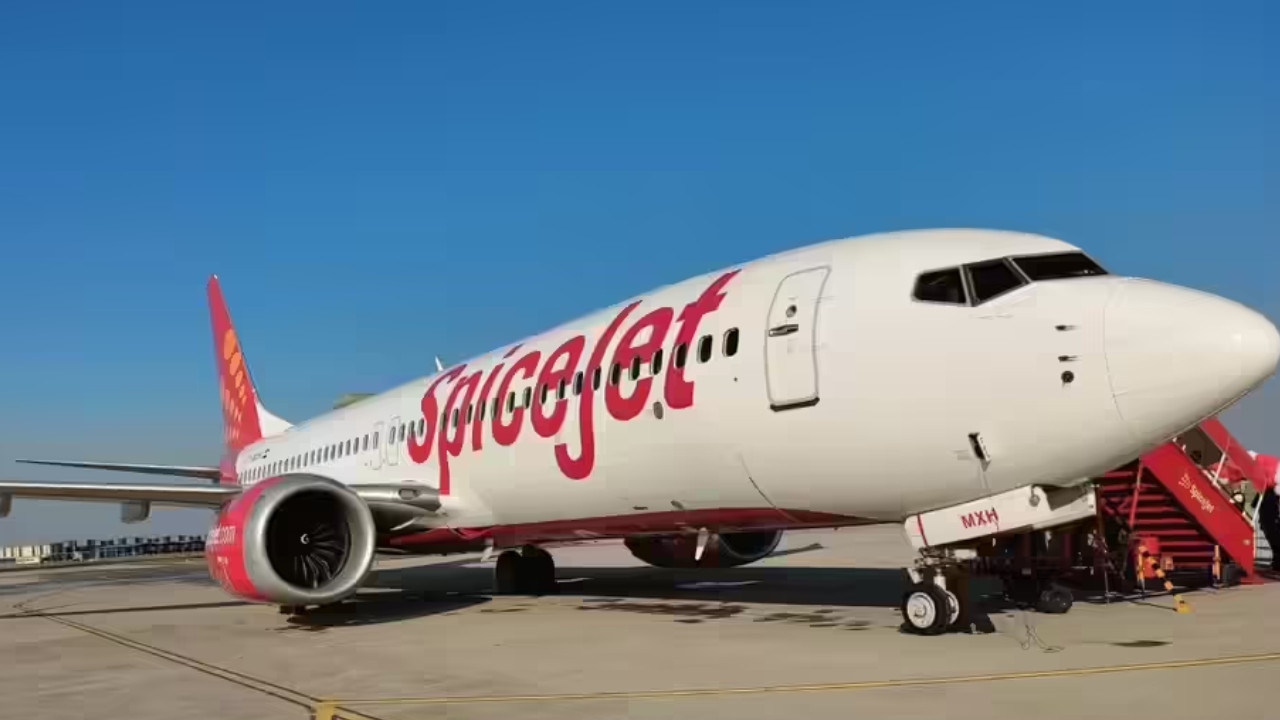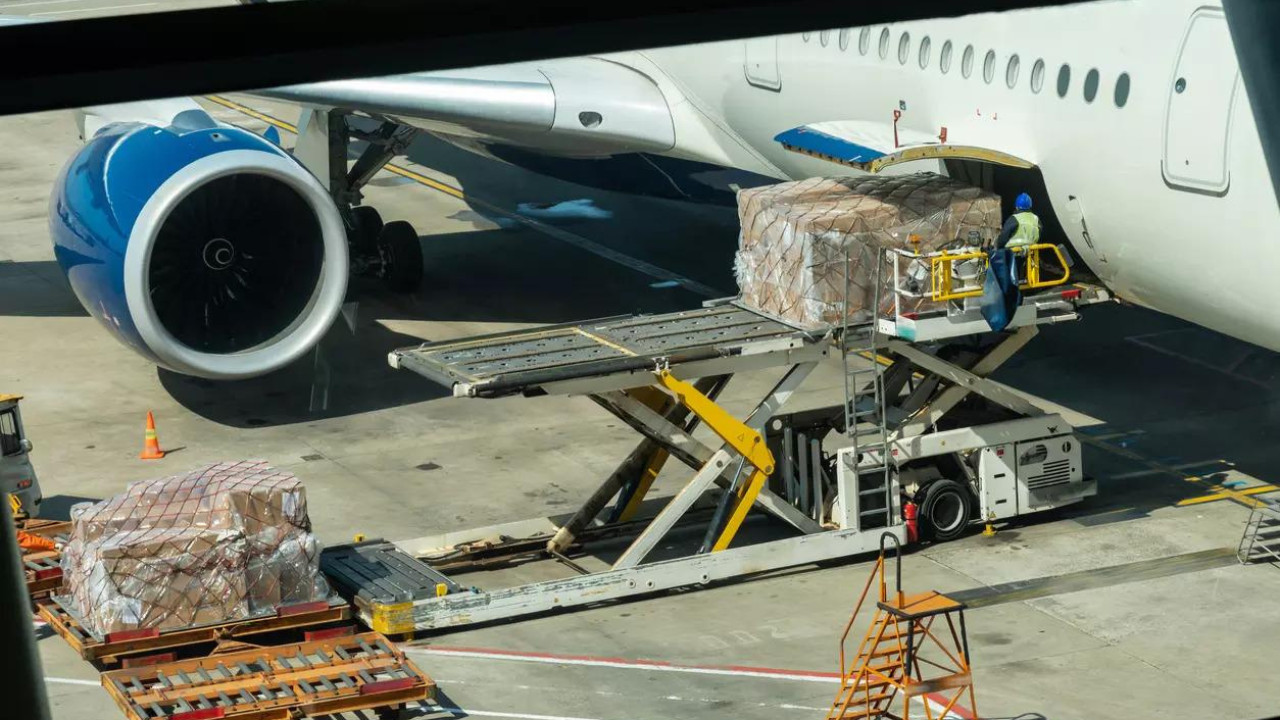The DGCA has issued a show cause notice to IndiGo regarding alleged lapses in simulator training for approximately 1,700 pilots. The regulator found that IndiGo conducted critical airfield training on simulators unqualified for high-risk airports like Calicut, Leh, and Kathmandu. IndiGo is reviewing the notice and has committed to upholding the highest safety and compliance standards.
Taking Flight or Nosediving? IndiGo Under Scrutiny Over Pilot Training
The skies might seem vast and open, but behind the scenes, precision and rigorous training are the bedrock of aviation safety. So, when the Directorate General of Civil Aviation (DGCA), India’s aviation watchdog, raises a red flag, it’s a moment to pay close attention. Recently, IndiGo, one of India’s leading airlines, found itself in the hot seat after the DGCA issued a show-cause notice regarding potential lapses in simulator training for a significant number of its pilots – around 1,700 to be precise. This isn’t your everyday turbulence; it’s a serious concern that could ripple through the entire airline operation.
What exactly triggered this aviation alarm? It boils down to concerns that these pilots might not be fully qualified to operate at certain “high-risk” airports. These airports, often characterized by challenging terrain, adverse weather conditions, or complex approach patterns, demand an extra layer of proficiency from pilots. Imagine navigating a plane through the dense fog of Kathmandu or landing on the short runway of Leh – these scenarios require specialized skills honed through meticulous simulator training.

Simulator Training: The Cockpit of Competency
Simulator training isn’t just about mimicking flight; it’s about preparing pilots for the unpredictable. These sophisticated machines can replicate a vast array of scenarios, from engine failures to sudden wind shears, allowing pilots to react and adapt in a controlled environment, without any actual risk. The DGCA’s audit seemingly revealed discrepancies in how IndiGo conducted this vital training, potentially leaving some pilots unprepared for the unique demands of operating at these high-risk destinations.
The show-cause notice specifically questions whether the training adequately covered the specific requirements for flying into airports deemed high-risk. The regulator suspects that the airline’s training program might not have sufficiently equipped pilots with the nuanced skills and knowledge needed to safely navigate the challenges posed by these airports.
IndiGo’s Response: An Airline’s Perspective
In response to the DGCA’s notice, IndiGo maintained that safety remains its utmost priority. The airline asserted that it’s actively working with the DGCA to address their concerns and is undertaking a comprehensive review of its training procedures. Furthermore, IndiGo emphasized its commitment to adhering to the highest safety standards and ensuring all its pilots are fully qualified for their assigned duties.
The Ripple Effect: Implications for Passengers and the Industry
This situation raises important questions about the oversight and enforcement within the Indian aviation industry. While IndiGo has pledged to cooperate fully and rectify any shortcomings, the incident underscores the critical role of regulatory bodies in maintaining stringent safety standards. Any perceived compromise in pilot training has the potential to erode passenger confidence and cast a shadow over the entire airline.
Beyond passenger perception, the DGCA’s actions could lead to more frequent and rigorous audits of other airlines, reinforcing the importance of robust training programs and compliance with established regulations. This incident serves as a potent reminder that safety isn’t just a slogan; it’s a continuous process of evaluation, improvement, and unwavering commitment.
High-Risk Airports: A Landscape of Challenges
What makes an airport “high-risk?” Factors include challenging topography, such as airports nestled in mountainous regions or surrounded by water. Unpredictable weather patterns, like frequent fog or strong crosswinds, also contribute to the complexity. Airports with short runways or unusual approach paths further increase the demands on pilots. All these elements necessitate specialized training that goes beyond standard operating procedures. The focus is on equipping pilots with the specific knowledge and skills to mitigate potential hazards and ensure safe landings and takeoffs.
Moving Forward: A Call for Enhanced Vigilance
The ongoing dialogue between the DGCA and IndiGo is crucial for restoring confidence in the airline’s training protocols. This situation presents an opportunity for the entire aviation industry to re-evaluate its training methodologies and reinforce its commitment to safety. Regular audits, thorough assessments, and a culture of continuous improvement are essential to maintaining the highest standards of aviation safety. While IndiGo works to address the DGCA’s concerns, the skies remain a testament to the importance of rigorous pilot training and unyielding regulatory oversight. Ensuring that pilots are adequately prepared for any challenge, particularly at high-risk airports, is non-negotiable.







